The Top 42 Fastest and Slowest Big UK Cities for Broadband Speed
A new study, which is based on data gathered via 508,637 consumer Internet speedtests conducted between 9th Aug 2015 and 8th Feb 2016, claims to have revealed both the fastest and slowest cities (biggest) in the United Kingdom for average broadband speeds. Middlesbrough takes the fastest crown (34.46Mbps), while Hull is named the slowest (12.42Mbps).
Overall the uSwitch.com study claims that 20 of the UK’s 42 “biggest cities” still have average speeds below 24Mbps (Megabits per second), which is despite the Government recently confirming that “superfast broadband” (24Mbps+) networks are now available to 90% of all UK premises (i.e. the networks are often available, but naturally take-up of the new service takes time).
Meanwhile, 22 of the cities are enjoying average speeds of above 24Mbps, with Middlesbrough (34.46Mbps), Belfast (34.34Mbps) and Brighton (33.8Mbps) all topping the table. However it’s notable that two of the UK’s major capital cities, London (22.44Mbps) and Edinburgh (21.07Mbps), delivered average speeds of below the so-called “superfast” level.
The data also reveals that 30% of tests logged actual broadband speeds of less than 5Mbps and only 10.4% of consumer tests recorded speeds of above 50Mbps. Skip to the bottom of the following table to see some useful context for this data.
|
Rank
|
UK City/Town
|
Average download speed (Mbps)
|
|
1 |
Middlesbrough |
34.46 |
|
2 |
Belfast |
34.34 |
|
3 |
Brighton |
33.80 |
|
4 |
Swindon |
31.83 |
|
5 |
Nottingham |
30.43 |
|
6 |
Cardiff |
30.23 |
|
7 |
Bristol |
28.63 |
|
8 |
Huddersfield |
27.71 |
|
9 |
Plymouth |
27.33 |
|
10 |
Southampton |
27.03 |
|
11 |
Sunderland |
26.73 |
|
12 |
Liverpool |
26.60 |
|
13 |
Bournemouth |
26.57 |
|
14 |
Glasgow |
26.32 |
|
15 |
Leeds |
26.18 |
|
16 |
Birmingham |
25.79 |
|
17 |
Wigan |
25.52 |
|
18 |
Barnsley |
25.34 |
|
19 |
Leicester |
24.76 |
|
20 |
Derby |
24.54 |
|
21 |
Warrington |
24.52 |
|
22 |
Preston |
24.41 |
|
23 |
Manchester |
23.81 |
|
24 |
Stoke-on-Trent |
23.20 |
|
25 |
Reading |
22.73 |
|
26 |
Northampton |
22.64 |
|
27 |
Coventry |
22.48 |
|
28 |
London |
22.44 |
|
29 |
Swansea |
22.29 |
|
30 |
Bradford |
21.93 |
|
31 |
Peterborough |
21.79 |
|
32 |
York |
21.29 |
|
33 |
Newport |
21.24 |
|
34 |
Newcastle |
21.14 |
|
35 |
Edinburgh |
21.07 |
|
36 |
Norwich |
19.43 |
|
37 |
Doncaster |
18.38 |
|
38 |
Sheffield |
18.36 |
|
39 |
Wakefield |
17.49 |
|
40 |
Milton Keynes |
17.10 |
|
41 |
Aberdeen |
15.67 |
|
42 |
Hull |
12.42 |
The position of Hull at the bottom of this table might surprise some people, not least since KCOM are currently rolling out their ultrafast (up to 250Mbps) “Lightstream” fibre optic (FTTP) broadband network to cover 150,000 premises by December 2017 (here). But 150,000 only reflects three quarters of KCOM’s total network coverage in the area.
However the downside of FTTP is also that it takes a lot longer than cheaper hybrid-fibre solutions to deploy (so far they’re about half-way through that 150,000 figure). Furthermore many people in Hull simply haven’t upgraded to fibre yet, either because they can’t get it (as above) or they’re happy with the existing (slower and cheaper) ADSL2+ based copper broadband packages. The fact that KCOM dominate the local market and don’t offer a budget level “unlimited” package may be another factor.
Clearly the availability of “superfast” capable networks and the take-up of related services are key issues, both for Hull and all of the other listed cities. Indeed most of the cities actually have a very high level of “superfast” network availability, but take-up of those services can be mixed and may leave many of those who conduct speedtests to do so via older and slower connections.
Other factors can also impact take-up, such as the higher prices for “superfast” connections (less attractive for consumers), consumers being locked into long contracts with their existing ISP (can’t upgrade immediately), a lack of general availability awareness (people don’t know it exists), local problems with network capacity or generally low interest in the new service (i.e. if you have a decent ADSL2+ speed then you might feel less inclined to upgrade).
Suffice to say that simply ranking cities by how they perform in speedtests will only ever give you part of the picture, which is akin to buying the Mona Lisa painting and then finding that her head is missing.
Side Note: Strictly speaking the UK is actually home to a total of 69 cities, as granted by either letters patent or royal charter. However uSwitch chose its list based on NOMIS data for the top 50 largest UK cities by city boundaries and they also only included those cities with more than 1,000 speed tests, hence why we only get a list of 42.
UPDATE 11:02am
Hyperoptic has chimed in with a comment.
Steve Holford, Chief Customer Officer of Hyperoptic, said:
“Today’s city broadband speed report by uSwitch is indicative that work needs to be done to bring UK cities up to speed to support the ever-increasing web demands of their resident businesses and consumers. For our cities to retain their leadership as powerhouses of the UK digital economy there needs to be a fundamental shift in urban broadband strategies, with the rollout of Fibre-to-the-Premises taking centre stage.
Our cities deserve better. Fibre all the way will give these types of league tables a much needed shot in the arm and ensure that we can finally enjoy fast dependable speeds that we can count on, now and into the future.”
Mark is a professional technology writer, IT consultant and computer engineer from Dorset (England), he also founded ISPreview in 1999 and enjoys analysing the latest telecoms and broadband developments. Find me on X (Twitter), Mastodon, Facebook and Linkedin.
« Police Called in After Land Boundary Dispute Over BT Street Cabinet
Latest UK ISP News
- FTTP (5535)
- BT (3518)
- Politics (2542)
- Openreach (2299)
- Business (2267)
- Building Digital UK (2247)
- FTTC (2045)
- Mobile Broadband (1978)
- Statistics (1790)
- 4G (1669)
- Virgin Media (1624)
- Ofcom Regulation (1467)
- Fibre Optic (1396)
- Wireless Internet (1392)
- FTTH (1382)

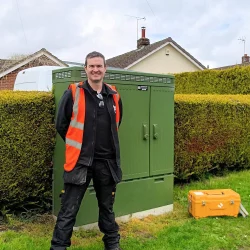
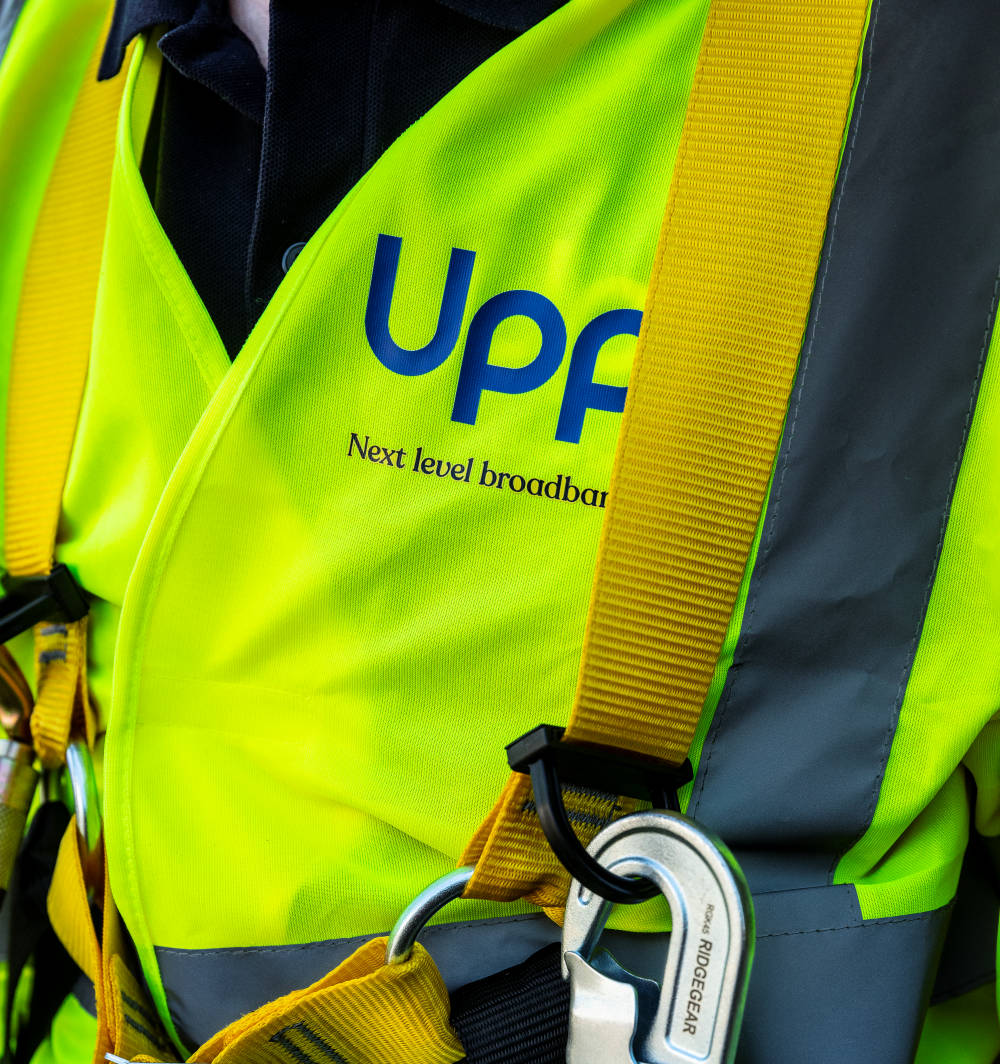

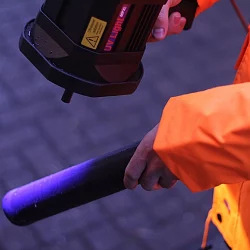



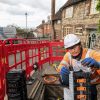
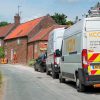


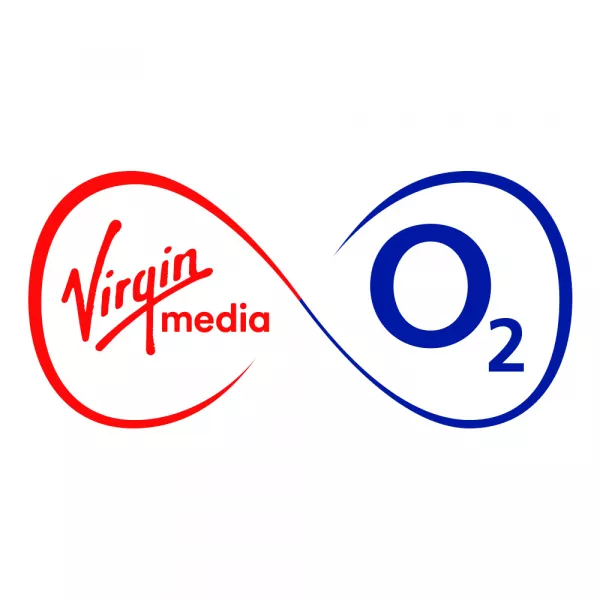





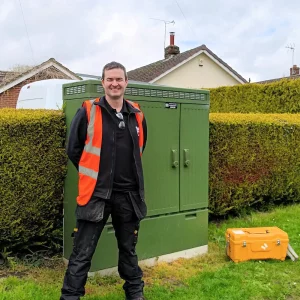
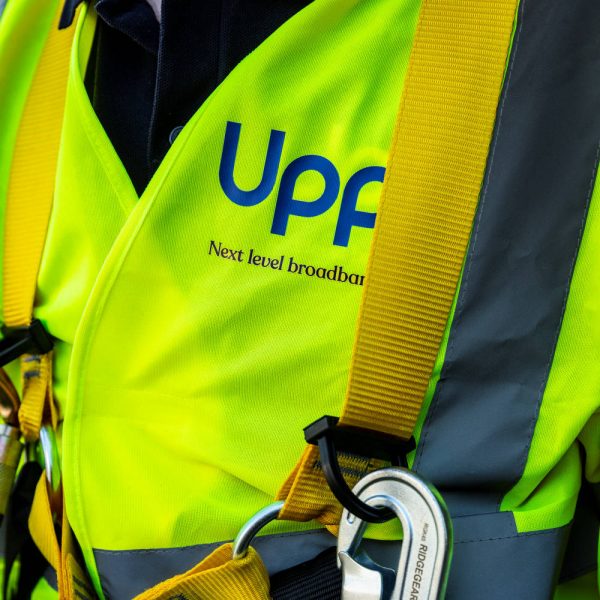

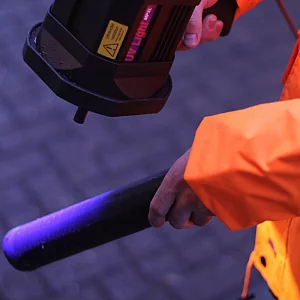
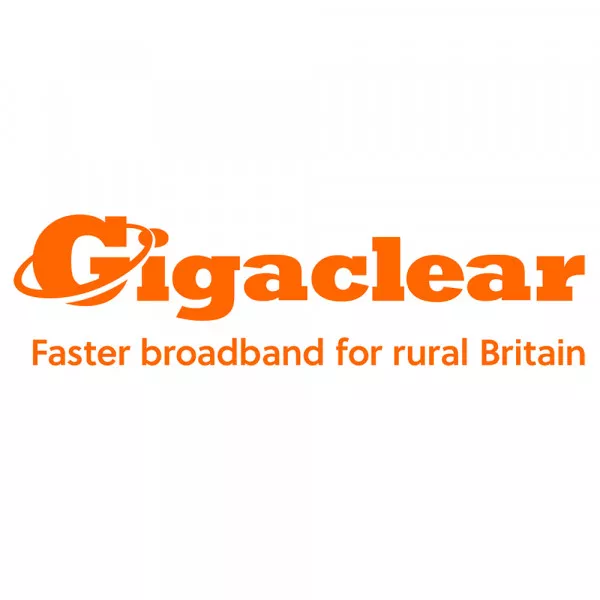






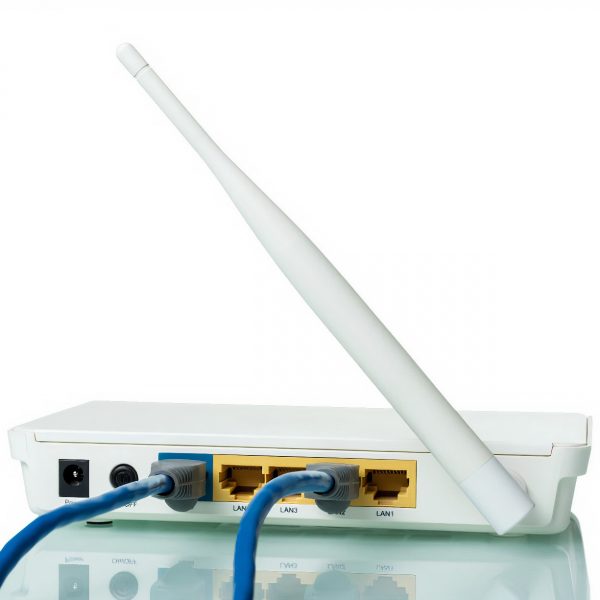
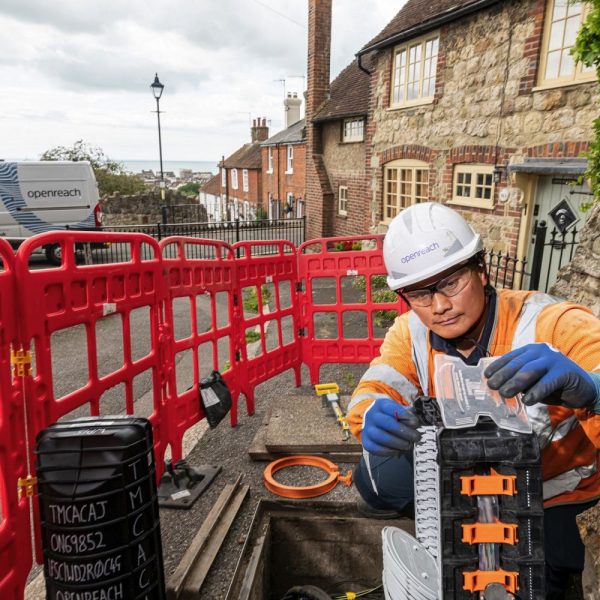

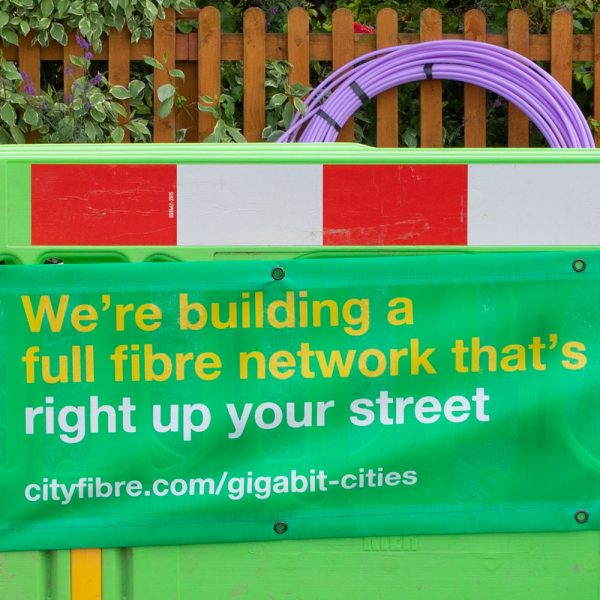
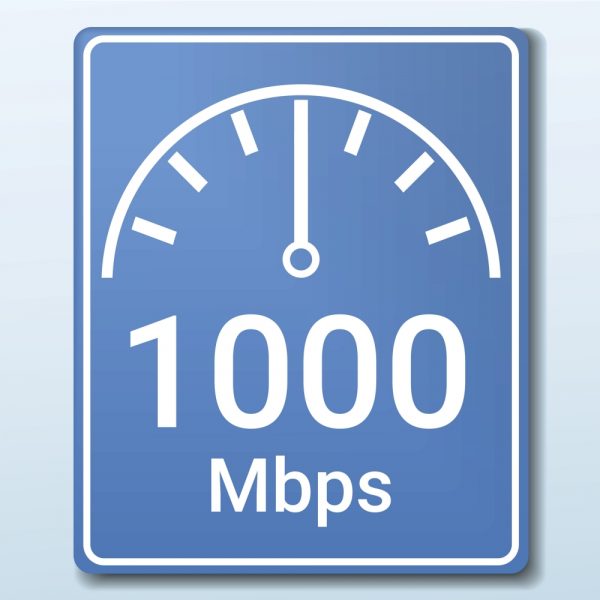
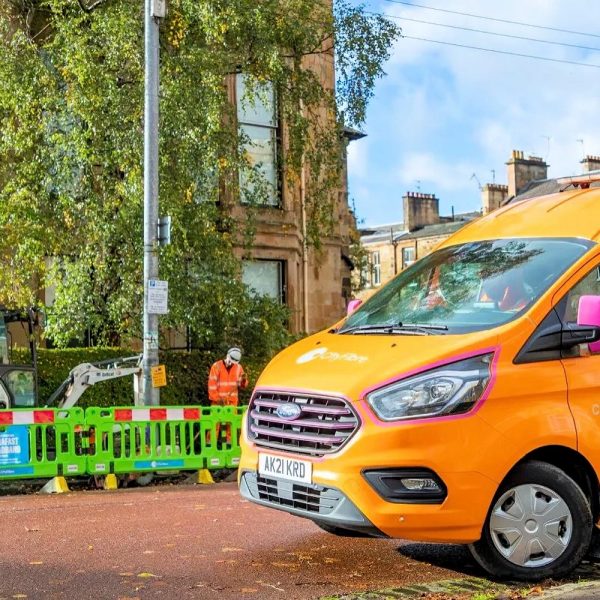



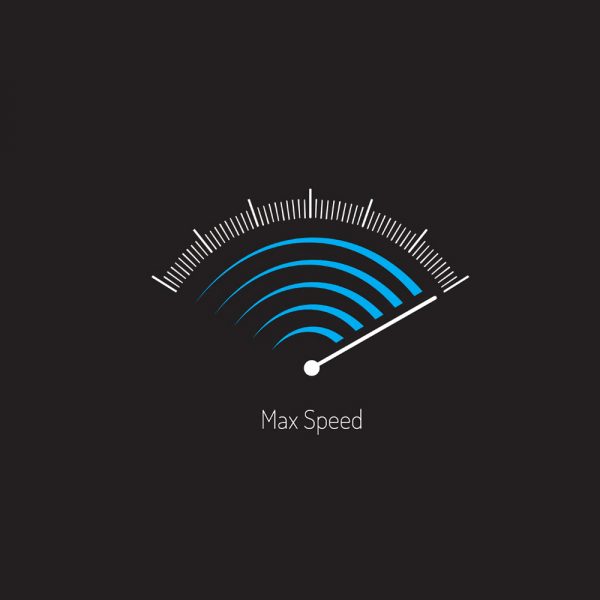





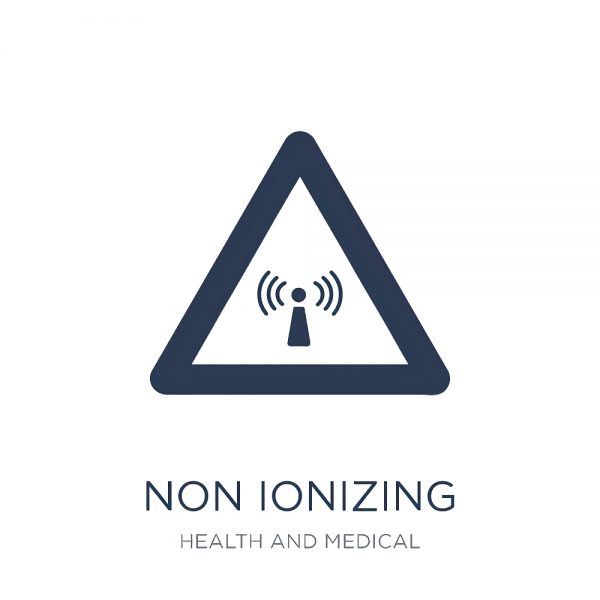
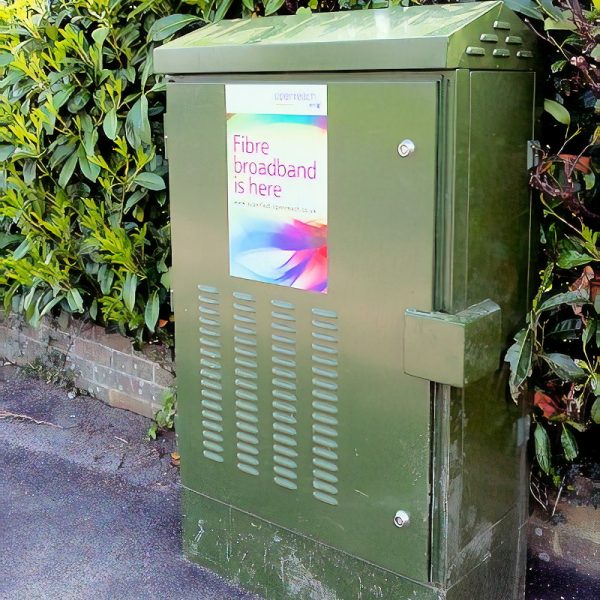







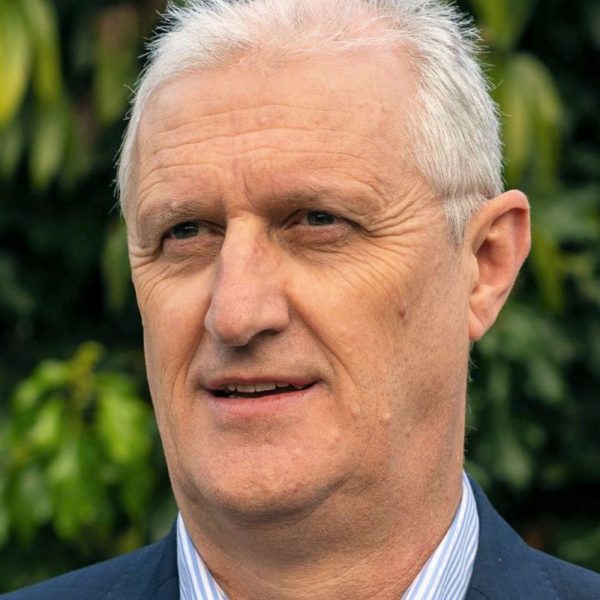

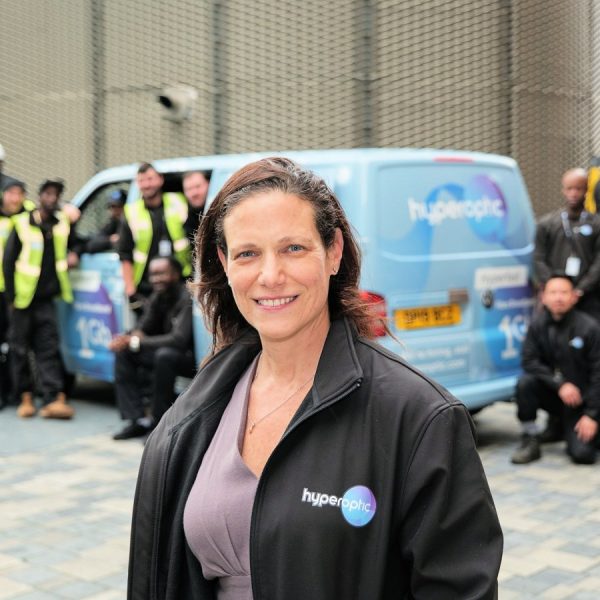
Comments are closed